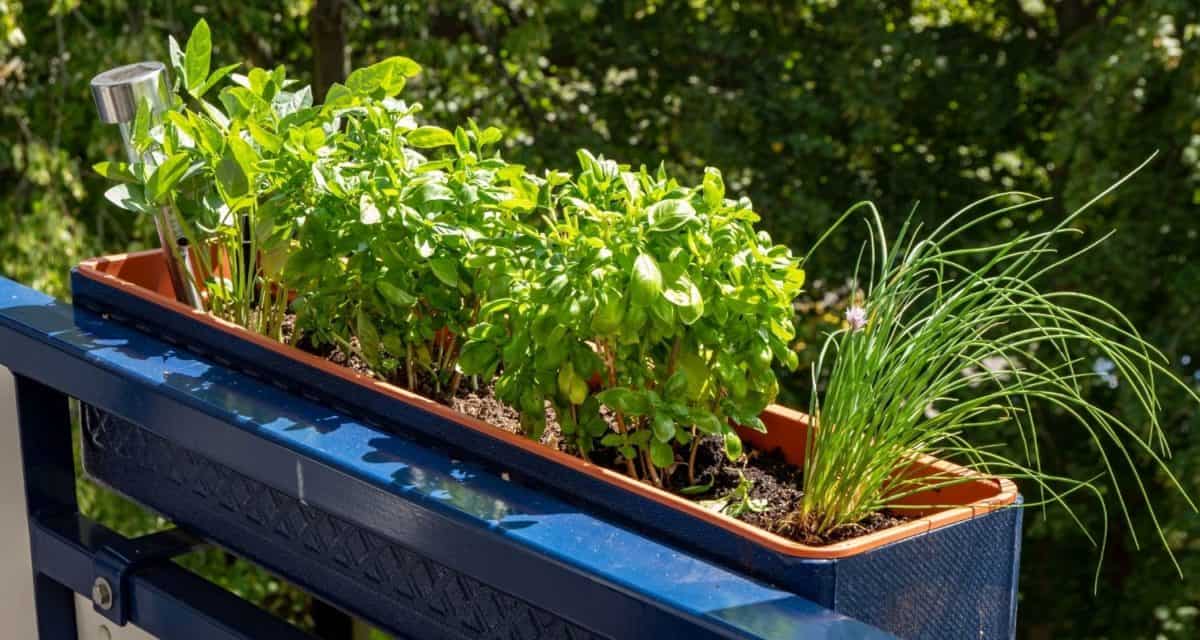- How Long Do Outdoor Sun Shades Last? - April 15, 2024
- Best Spots to Visit in Arizona - April 5, 2024
- Your Guide to Sun Safety and Enjoyment - March 24, 2024
There is something rewarding and comforting about eating and sharing vegetables that you grew yourself. It’s the hard work, the time out in the elements and even the calm which brings many when they get their hands into the soil. In fact studies show that when you dig and plant in the soil -specifically soil bacteria, Mycobacterium vaccae,. has been found to trigger the release of serotonin. However, for many it can feel overwhelming how to start a vegetable garden.
Because of the sandy and silty quality of the soil in most of this Arizona region most people find better success growing in a box garden where the exposure to the elements and soil quality can be better controlled. In addition, a raised box garden provides improved accessibility for avid gardeners who may struggle to spend extended time bent forward on the ground. Here are a few tips on growing a successful vegetable box garden.
Step 1: Make a Plan
Every garden begins with a vision and a dream. Ask yourself what vegetables would you enjoy growing? Often people base this on what they love to eat the most, however many are surprised. Vegetables they thought they didn’t like suddenly taste delicious when they are harvested fresh from your very own garden. Cross reference your ideal garden with what is possible. What vegetables will be the most successful in your climate and based on the time of year. Understanding the planting and harvesting schedule is key in selecting seeds and starts for a successful garden.
Step 2: Observe the Sunlight
All the dreams in the world won’t help a tomato plant which doesn’t get enough sun or a kale that keeps getting burnt in direct sun. Observe how the light falls on your property for a few days. Morning sun is the coolest while the hot direct sun of the afternoon will burn most plants which aren’t native to Arizona. Choose a place to plant your garden where your plants will be nourished their best. Most vegetables need at least 6 hours of sunlight to thrive.
Step 3: Build Healthy Living Soil
Many people know that to keep your plants healthy you must give them sunlight and regular water, put many people often overlook one of the most important steps. Plants grow using nutrients, minerals and vitamins absorbed from the soil. To get healthy plants you need to have a strong foundation and that means making sure the soil is rich with organic matter for your plants. In addition to rich soil, the soil must have the right type of drainage. Too much and the water runs right through, while not enough drainage you’re your plants roots will rot and drown. Desert soil tends to be sandy so it’s good to collect some good nutrient soil and compost from your local garden store or farmer.
Step 4: Choose Plants & Seeds
Starts are seeds which have already sprouted into young and healthy small plants. They are a great place to start for most first-time gardeners. Strong starts give you a head start on planting and with the right elements can quickly flourish, bloom and start producing. However, there are many benefits from starting your plants from seed. While it takes time growing from seed expands what you can grow. Many plants struggle with transplanting as their young roots are too fragile to survive the move. Some seed may grow to starts using a small glass box with plenty of sun and the right amount of moisture. It’s amazing to watch your seeds sprout into young starts. Others such as most squashes and mellons can be planted directly into the ground. Planting from seed doesn’t always save time but it certainly saves money for the budget conscious of us.
Step 5: Plan Your Garden Layout & Planting
Before you put your plants or seed in the ground consider how you can get the most crop yield for your space. Most box gardens are short on space, but you can use trellises for vines and spreading plants to grow upward. Make sure you collect all your trellises and materials ahead of time as well as consider what plants are companion plants and support each other for the best yield. Many larger plants can protect smaller plants from the elements, be used as a support and protect them from pests.
If you are interested in creating shade for your plants, you may want to invest in CC sunscreens to add an extra element of shade for your patio garden. Contact us for a consultation today!

